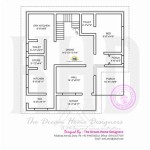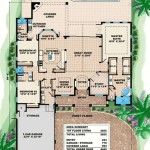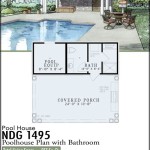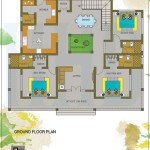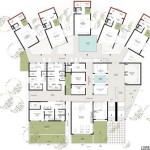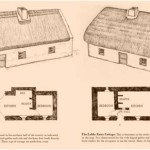Essential Aspects of AutoCAD Drawing Building Plans
AutoCAD, a renowned computer-aided design (CAD) software, is widely used by architects and engineers to create precise and comprehensive building plans. Understanding the essential aspects of AutoCAD drawing building plans is crucial for efficient and accurate design.
1. Layer Management
Layers are virtual sheets within an AutoCAD drawing that organize and segregate different elements of the plan. Effective layer management ensures clarity and facilitates editing. Each layer can be assigned specific properties such as color, line type, and visibility.
2. Dimensioning and Scale
Accurate dimensioning is paramount in building plans. AutoCAD provides tools for precise dimensioning and scaling. Using the correct scale ensures that the plan is proportionate and represents the actual building size.
3. Symbol and Block Insertion
Symbols and blocks are pre-defined graphical elements that streamline the drawing process. Symbols represent specific fixtures or features, while blocks can be complex assemblies. Inserting these elements saves time and improves consistency.
4. Annotation and Text
Annotations, such as notes, dimensions, and labels, provide essential information on the building plan. AutoCAD's text editing tools allow for customized fonts, sizes, and styles. Clear and legible annotations facilitate communication and prevent misinterpretation.
5. Building Elevation and Section Views
Building elevations depict the exterior walls and are drawn perpendicular to the plan. Section views provide a cross-sectional perspective, revealing the building's interior structure. Generating these views is crucial for understanding the building's design and construction.
6. 3D Modeling
In addition to 2D drawing, AutoCAD supports 3D modeling. Creating a 3D model allows for visualization of the building's form, volume, and spatial relationships. It aids in design validation and presentation.
7. Collaboration and File Sharing
AutoCAD facilitates collaboration among team members through features such as file sharing and cloud-based storage. This enables simultaneous editing, version control, and efficient project management.
8. Industry Standards and Codes
Building plans must adhere to industry standards and codes. AutoCAD provides templates and tools that align with these requirements. Compliance ensures safety and adherence to building regulations.
9. Design Optimization
AutoCAD allows for iterative design optimization. Features like dynamic blocks and parametric constraints enable real-time updates and analysis of design changes. This facilitates efficient exploration of design alternatives.
10. Integration with Other Software
AutoCAD integrates with other software applications, such as structural analysis and energy simulation tools. This interoperability enables comprehensive design analysis and optimization.
In summary, understanding these essential aspects of AutoCAD drawing building plans empowers architects and engineers to create accurate, informative, and efficient designs. By mastering these techniques, professionals can enhance their productivity, streamline collaboration, and deliver high-quality building plans.

Autocad Drawing And Coohom Design 3d Fast Rendering Blog

First Floor Plan Of Residence Detail Presented In This Autocad Drawing File 2d Auto Cad Ca Layout

How To Draw Floor Plans In Autocad Edrawmax

32 Autocad Small House Plans Drawings Free Design Home Floor Modern Plan

Making A Simple Floor Plan In Autocad Part 1 Of 3

Convert Your Hand Drawn House Plan To Autocad Drawing

Floor Plan Create 2d 3d Plans Autodesk

Erstellen Sie Bauzeichnungen Pläne Und Ansichten Zu Geringen Kosten

33 5 X45 Amazing 2bhk East Facing House Plan As Per Vastu Shastra Autocad Dwg And File Details Cad Free Plans Budget

North Facing House Plan Drawing Autocad File Cadbull

